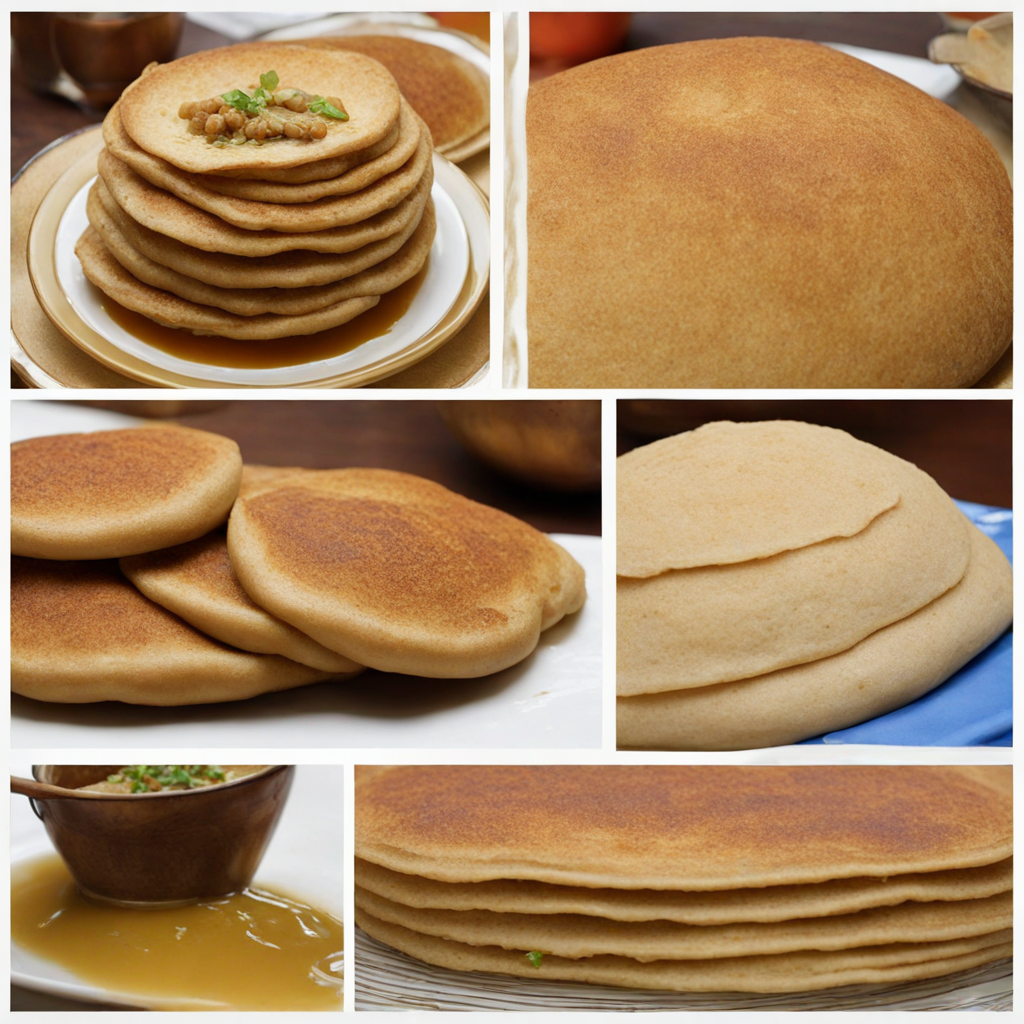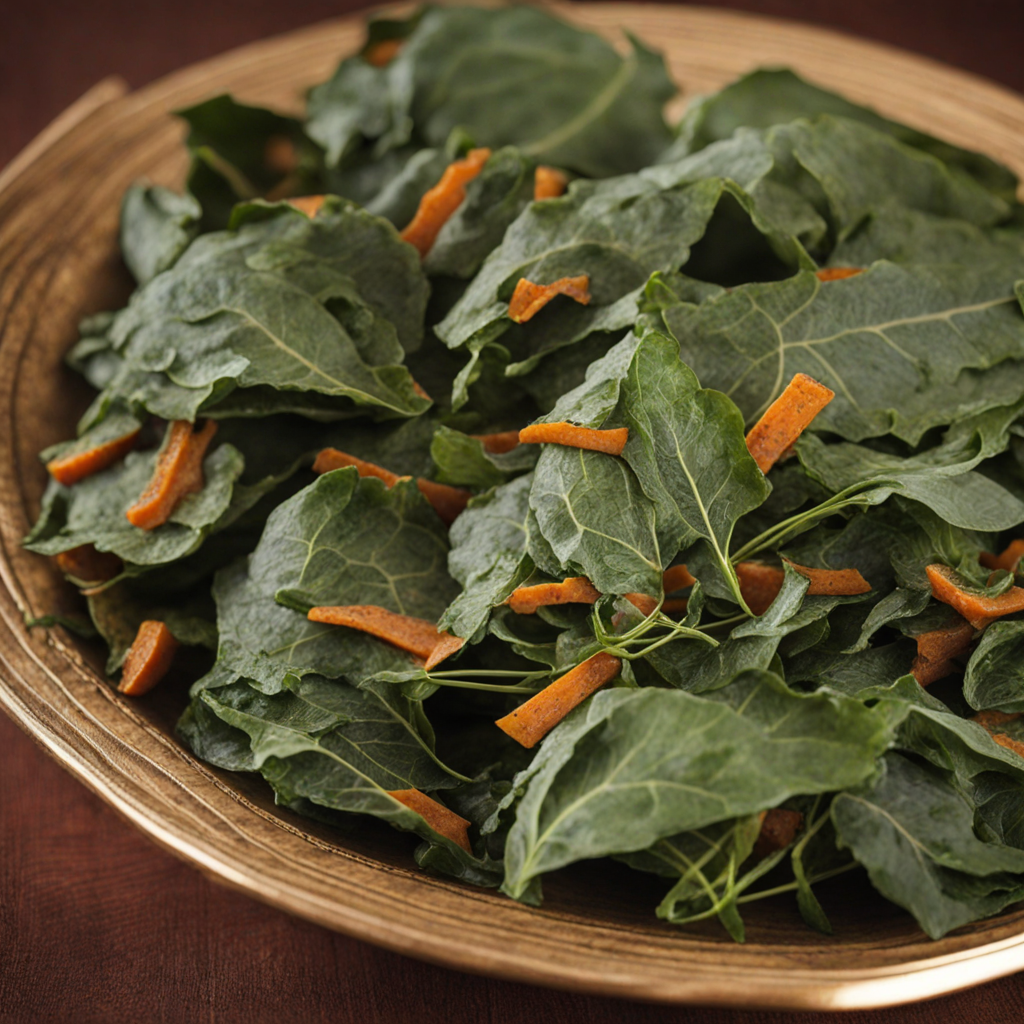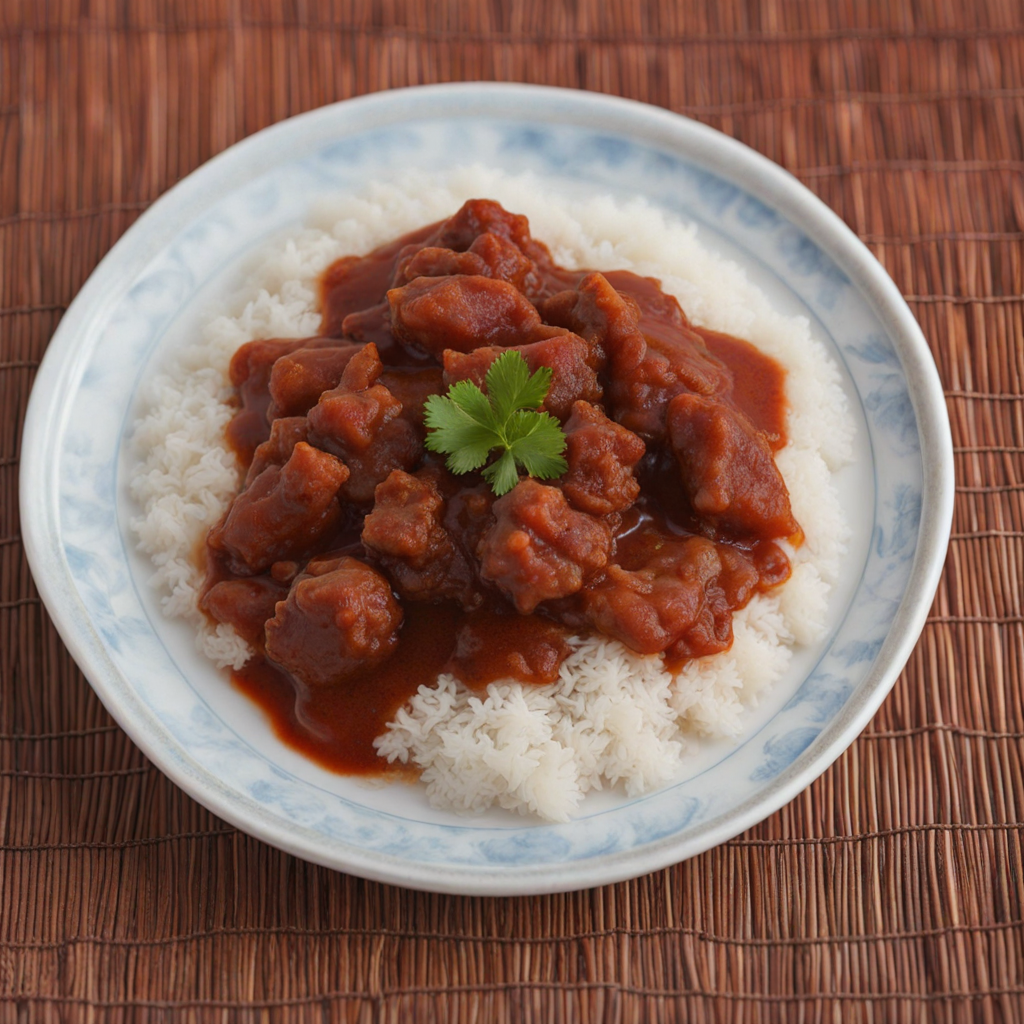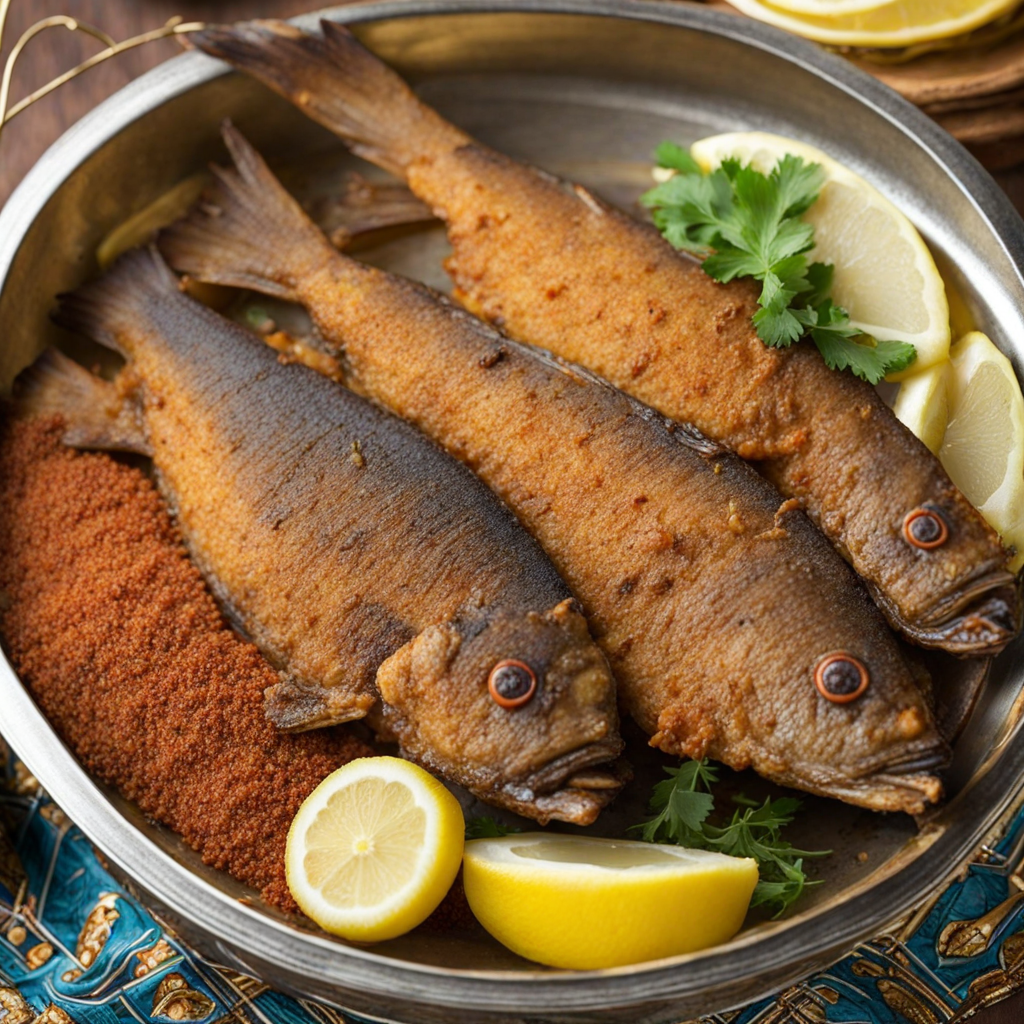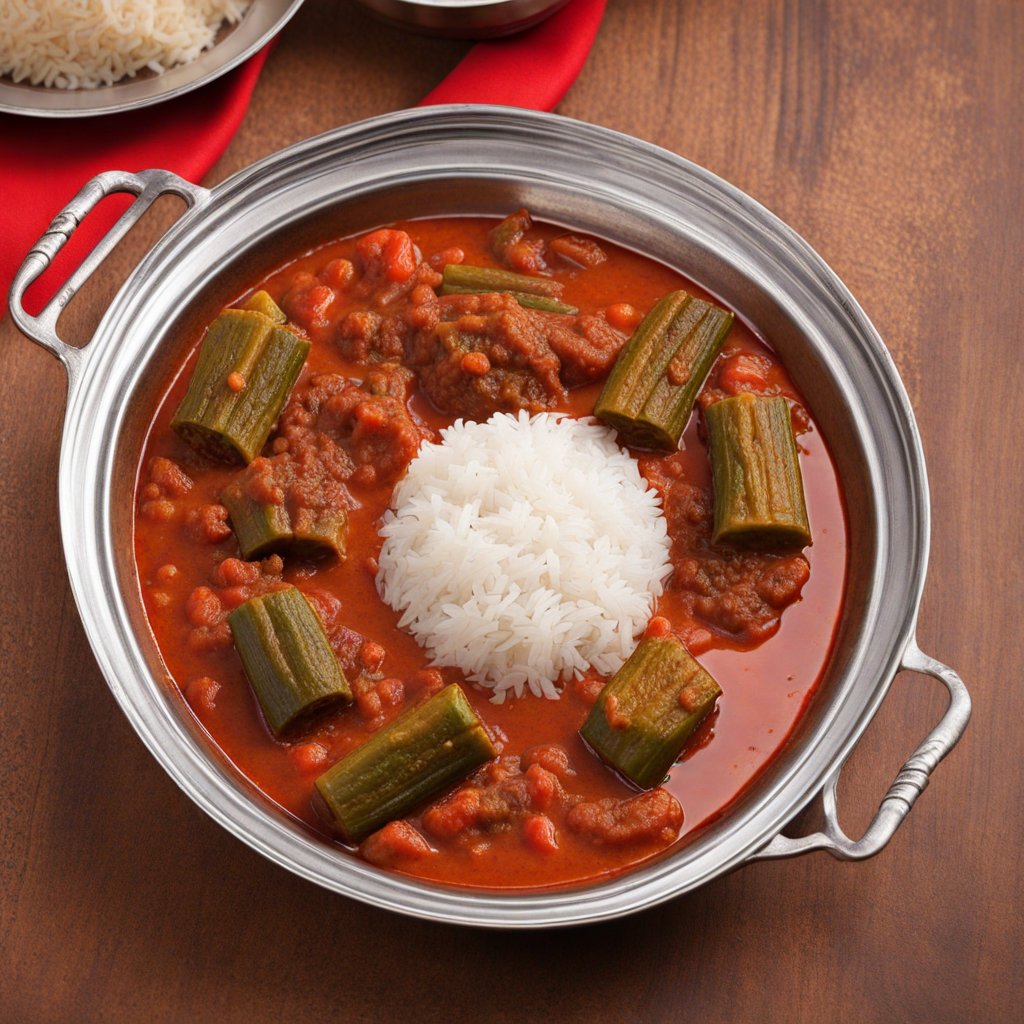Khobz Gurassa
Khobz Gurassa is a traditional Sudanese flatbread that embodies the rich culinary heritage of Sudan. This unique bread is characterized by its soft and chewy texture, often enjoyed warm and fresh from the griddle. Made primarily from wheat flour, water, and a pinch of salt, Khobz Gurassa is typically thicker than many other flatbreads, giving it a hearty quality that makes it perfect for scooping up various dishes. Its slightly crispy exterior contrasts beautifully with the tender inside, providing a delightful mouthfeel that complements the diverse flavors of Sudanese cuisine. In Sudan, Khobz Gurassa is often served alongside savory stews and sauces, such as tagine or lentil soup, allowing diners to experience the wonderful harmony of flavors. The bread acts as both a utensil and a canvas, soaking up the spices and juices of the accompanying dishes. The use of spices such as cumin, coriander, and garlic in these stews enhances the overall taste experience, as each bite of Khobz Gurassa becomes infused with the aromatic qualities of the meal. Beyond its pairing with stews, Khobz Gurassa can also be enjoyed in various ways—whether as a base for toppings or as a side to salads and grilled meats. Its versatility makes it a staple in many Sudanese households, and it is often made in large batches for family gatherings and communal meals. The process of cooking Khobz Gurassa on a traditional clay griddle, known as a 'saj,' adds a subtle smokiness that elevates its flavor profile, making it a cherished bread that reflects the warmth and hospitality of Sudanese culture.
How It Became This Dish
The History of خبز قراصة (Qarasa) in Sudan #### Origins خبز قراصة, known as Qarasa, is a traditional bread that holds a prominent place in Sudanese culinary culture. Its origins can be traced back to ancient times when the fertile lands of the Nile Valley nurtured early agricultural societies. The process of bread-making is one of humanity's oldest culinary practices, and Qarasa is no exception. Made primarily from sorghum or millet, it reflects the agricultural practices of the region, where these grains have been cultivated for thousands of years. Sorghum, in particular, is well-suited to the Sudanese climate, thriving in arid conditions while providing essential nutrients. The use of these grains for making Qarasa is deeply rooted in the local farming traditions, highlighting the connection between the land and the people. The bread itself serves as a staple food, providing sustenance for families across Sudan, particularly in rural areas. #### Cultural Significance Qarasa is more than just a food item; it is a symbol of Sudanese identity and communal life. It is often prepared for special occasions, family gatherings, and religious celebrations, serving as a vital component of hospitality. In Sudanese culture, sharing food is an expression of friendship and generosity, and Qarasa holds a special place at the communal table. The preparation of Qarasa is often a communal activity. Families and friends gather to grind the grains, mix the dough, and bake the bread. This process not only strengthens social bonds but also fosters a sense of shared heritage, as recipes and techniques are passed down through generations. The act of making Qarasa is imbued with cultural rituals, often accompanied by storytelling, music, and laughter, reinforcing the importance of community in Sudanese life. Additionally, Qarasa has spiritual significance. In many Sudanese households, the bread is blessed before being served, reflecting a deep appreciation for the food that sustains life. It is common for families to pray over the bread, acknowledging its role as a gift from the land and a provision from God. #### Development Over Time Over the centuries, Qarasa has evolved while maintaining its traditional roots. The introduction of new techniques and ingredients has allowed it to adapt to changing tastes and circumstances. Historically, the bread was baked in clay ovens, a method that imparted a unique flavor and texture. Today, while traditional methods are still honored, modern conveniences such as electric ovens have made the preparation of Qarasa more accessible to urban populations. In the early 20th century, as Sudan experienced political changes and increased interaction with neighboring cultures, the ingredients and preparation methods for Qarasa began to diversify. The integration of spices and other grains, such as wheat, became more common, enriching the flavor profile of the bread. This adaptation reflects the broader trends of globalization and cultural exchange, as Sudanese cuisine has been influenced by the culinary practices of neighboring countries and the influx of various ethnic groups. Moreover, the urbanization of Sudan has transformed the way Qarasa is consumed. In cities, it is often served alongside a variety of stews and sauces, reflecting a shift towards more complex meal compositions. The traditional use of Qarasa as a simple accompaniment to meals has evolved into a more central role, where it is paired with an array of dishes, showcasing the richness of Sudanese flavors. #### The Modern Context In contemporary Sudan, Qarasa continues to be a staple food, celebrated for its nutritional value and versatility. It remains a common sight in markets and homes, symbolizing resilience in the face of economic challenges. The bread’s affordability and ease of preparation make it an essential food for many families, particularly in rural areas. Today, there is a growing interest in traditional Sudanese foods, including Qarasa, both within the country and among the diaspora. As Sudanese communities around the world seek to preserve their culinary heritage, Qarasa has gained recognition as a dish that represents not only a way of life but also the rich tapestry of Sudanese culture. Food festivals, cooking classes, and online platforms are increasingly dedicated to showcasing Sudanese cuisine, emphasizing the importance of preserving traditional foods for future generations. Furthermore, the health benefits of Qarasa, made from whole grains, are being recognized in the context of global health trends promoting whole foods and sustainable diets. As more people become aware of the importance of nutritious eating, Qarasa is being rediscovered not just as a traditional bread but as a healthful option that fits modern dietary needs. #### Conclusion The history of خبز قراصة is a testament to the enduring nature of culinary traditions in Sudan. From its ancient origins in the Nile Valley to its place in modern Sudanese life, Qarasa embodies the complex interplay of culture, community, and sustenance. It is a symbol of resilience and adaptability, reflecting the ways in which food can connect people to their heritage and each other. As Sudan continues to navigate the challenges of a rapidly changing world, the role of traditional foods like Qarasa becomes even more significant. They serve as reminders of the past while also offering a path forward, bridging generations and cultures through the universal act of sharing a meal. In every bite of Qarasa, one can taste not just the grains of the earth, but the stories, traditions, and love of a people deeply connected to their land and each other.
You may like
Discover local flavors from Sudan



